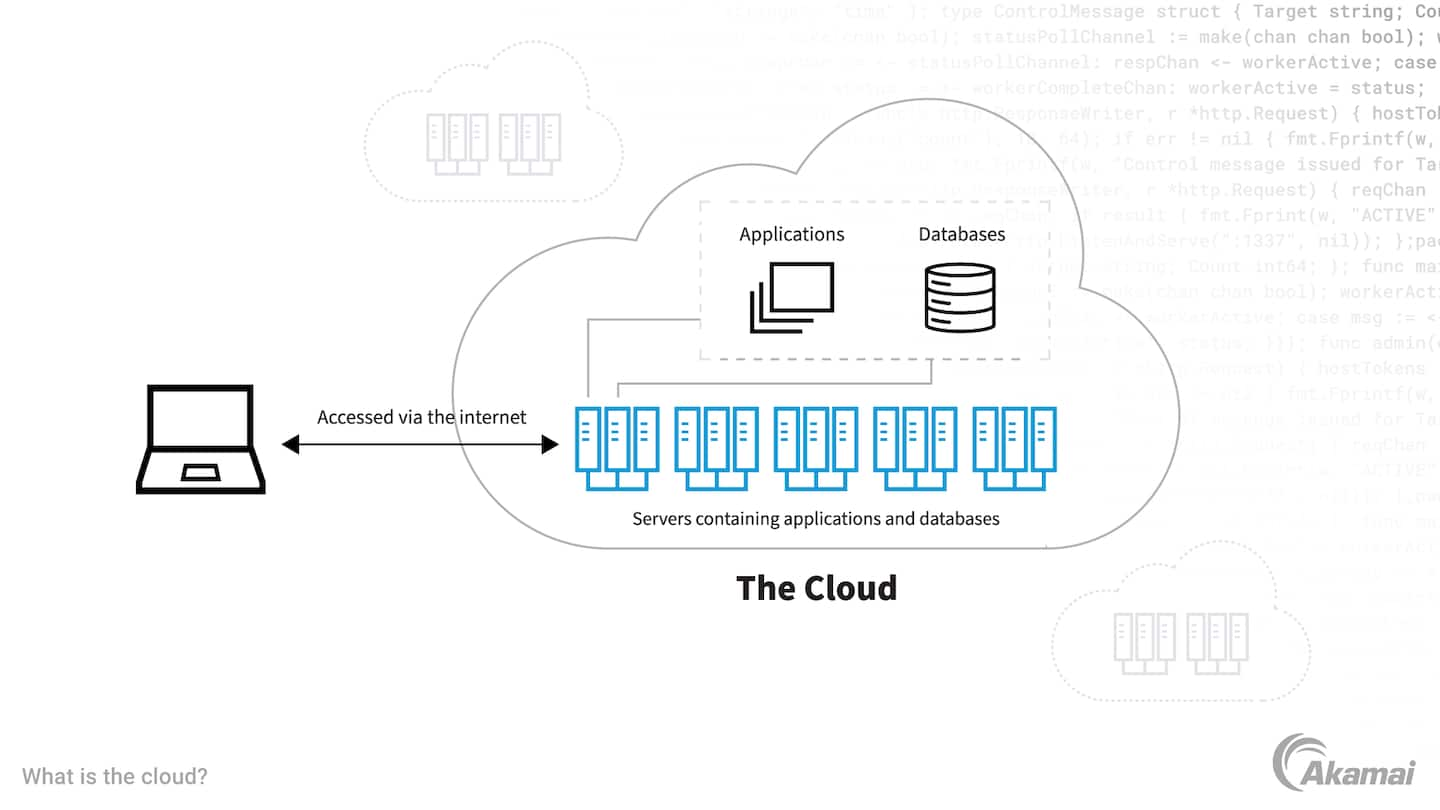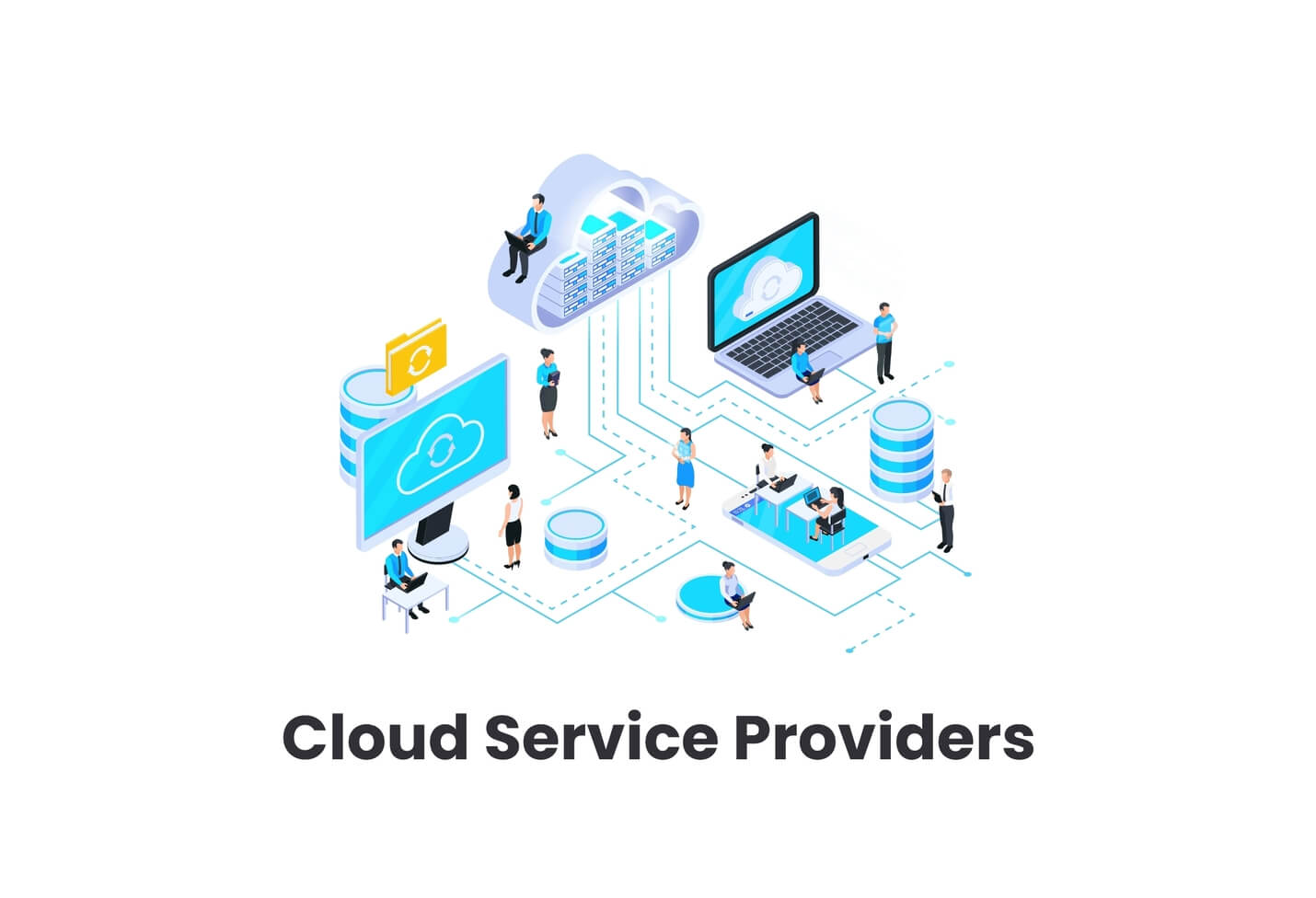Make Best Use Of ROI With Strategic Cloud Provider
In the fast-evolving landscape of business technology, the calculated application of cloud solutions has ended up being a vital factor to consider for companies intending to boost their return on financial investment. By aligning cloud services with specific organization purposes and using a meticulous approach to resource monitoring, firms can open a wide variety of benefits that prolong past plain expense savings. The elaborate interplay between price optimization, scalability remedies, and rigorous protection actions in the world of cloud computer holds the essential to not just growing yet enduring in today's competitive market.
Benefits of Cloud Services for ROI
Leveraging cloud services can considerably enhance roi by simplifying functional effectiveness and decreasing framework costs. One vital advantage of cloud services is the scalability they supply. Services can easily scale their sources up or down based on need, enabling cost financial savings by just paying for what is used. This flexibility ensures that firms do not have to buy expensive on-premises equipment that may continue to be underutilized.
Additionally, cloud services provide enhanced adaptability and agility. With the capacity to accessibility data and applications from anywhere with a net connection, workers can function more effectively and team up perfectly. This versatility also allows businesses to rapidly adjust to transforming market conditions, providing them an one-upmanship.
Moreover, cloud services improve protection procedures, aiding to safeguard delicate data and reduce dangers. Cloud service providers commonly have durable security protocols and regularly update their systems to protect against cyber dangers. By leveraging these solutions, organizations can lower the likelihood of expensive information violations and downtime, eventually causing a greater roi.
Price Optimization Approaches
How can businesses effectively decrease costs while making the most of the benefits of cloud services? Price optimization strategies play an essential role in achieving this equilibrium. One reliable approach is to continuously readjust and keep an eye on cloud source allotment based on real use. By rightsizing solutions to match needs, business can avoid overprovisioning and unnecessary prices. In addition, leveraging area instances or reserved ability can cause considerable savings, especially for work with predictable usage patterns.
Another price optimization method involves maximizing data storage space by archiving or deleting repetitive information. Applying data lifecycle monitoring plans aids in handling information effectively, reducing storage prices, and enhancing total system performance. Furthermore, making use of serverless innovations can aid in further expense decrease by charging only for real usage as opposed to provisioning and keeping devoted web servers.

Scalability and Adaptability Solutions
For services seeking to improve their operational performance and responsiveness to changing needs, executing scalable and adaptable cloud services is paramount. Scalability and versatility in cloud solutions enable companies to adjust their sources according to fluctuating work, guaranteeing optimum performance without unneeded costs. By leveraging cloud scalability, services can seamlessly boost or decrease their computing power, storage space, and bandwidth as needed, allowing them to meet peak demands without overprovisioning sources during slower periods.
Furthermore, versatility in cloud solutions makes it possible for companies to adapt swiftly to market adjustments and technological innovations. With the ability to quickly incorporate brand-new devices and solutions into their existing cloud infrastructure, organizations can stay active and affordable in today's hectic service setting. Whether it's releasing new applications, expanding into new markets, or accommodating remote workforces, versatile cloud options give the dexterity and versatility required for sustained growth and success.

Security Actions for Information Security
Carrying out durable protection procedures is necessary for safeguarding delicate data and making certain information protection in cloud environments. When using cloud services, companies need to focus on safety and security to alleviate threats related to information violations and unauthorized access. Encryption plays a pivotal duty in safeguarding information both en route and at rest. By encrypting data, services can make certain that also if information is intercepted, it remains unreadable without the appropriate decryption key.
Multi-factor authentication (MFA) is another essential safety and security measure that adds an extra layer of protection by requiring users to provide numerous kinds of confirmation before accessing sensitive information. This helps protect against unapproved gain access to, even if login credentials are compromised.
Normal safety audits and tracking are crucial elements of maintaining information protection in the cloud. By carrying out routine assessments and monitoring for any kind of suspicious tasks, organizations can promptly recognize and attend look here to potential protection dangers before they rise.
Moreover, implementing role-based gain access to control (RBAC) ensures that just licensed employees can access certain data collections, decreasing the threat of data leakages or unauthorized alterations (universal cloud Service). By integrating these protection determines right into their cloud technique, organizations can improve information protection and minimize safety susceptabilities
Making Best Use Of Operational Performance
To optimize operational performance in cloud environments, calculated source allotment is vital for streamlining processes and improving overall efficiency. By leveraging cloud solutions effectively, organizations can scale resources up or down based upon need, taking full advantage of and lowering functional costs efficiency. Automating routine tasks, such as software program updates or information back-ups, through cloud management tools can liberate IT teams to focus on even more calculated campaigns. Implementing monitoring and analytics tools within the cloud infrastructure allows for real-time presence right into performance metrics, enabling proactive identification and resolution of prospective problems before they influence procedures. Furthermore, embracing a cloud-native technique to application advancement and implementation can additionally enhance operational performance by boosting agility and minimizing time to market for brand-new services. Collaborating closely with cloud service providers to straighten sources with service goals and on a regular basis examining and optimizing cloud use can make sure that operational efficiency continues to be a leading priority for sustained success in the cloud setting.
Final Thought
Finally, leveraging tactical cloud solutions can substantially boost operational effectiveness and reduce facilities prices, ultimately optimizing roi for companies. By applying cost-saving techniques, enhancing information storage, and guaranteeing information defense through safety and security procedures, organizations can achieve scalability, versatility, and boosted efficiency in the cloud environment. Taking full advantage of ROI with cloud solutions calls for continuous monitoring, optimization, and automation to adapt to altering workloads and make sure continual development and success.
In addition, cloud services enhance safety and security steps, assisting to secure delicate information and minimize threats (universal cloud Service).Implementing robust security measures is important for protecting sensitive data and ensuring data defense in cloud settings. When making use of cloud solutions, companies need to prioritize safety and security to reduce risks associated with information violations and unapproved gain access to. Working together closely with cloud service carriers to straighten resources with company objectives and regularly optimizing and assessing cloud use can make sure that operational efficiency continues to be a leading priority useful reference for continual success in the cloud atmosphere
By implementing cost-saving approaches, enhancing data storage space, and making sure data defense via safety and security measures, organizations can accomplish scalability, try this website flexibility, and boosted performance in the cloud setting.